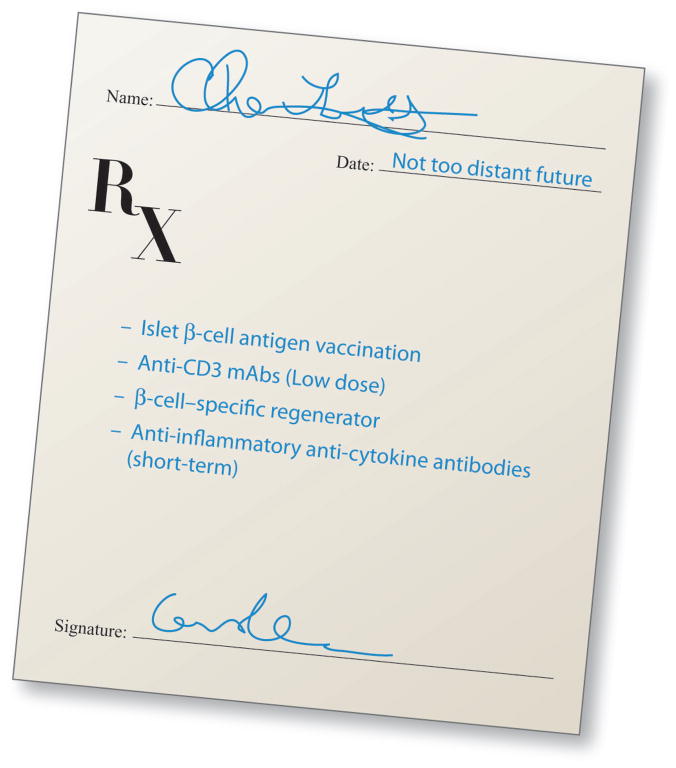Fig. 2. Prescription for combinatorial curing of T1D.
Several combination therapies have been proposed to induce, simultaneously or sequentially, immune tolerance and β-cell regeneration in patients suffering from T1D. Efficient combination therapies might consist of (i) an islet β-cell antigen vaccination to induce and expand autoreactive aTregs by using either direct immunization with islet autoantigen or tolerogenic dendritic cells loaded ex vivo with islet autoantigen peptide(s) or protein(s); (ii) a suitable immune modulator that rapidly reduces Teff function while fostering expansion of aTregs. Because of their acceptable tolerability, therapeutic efficacy, and ability to induce or expand aTreg functions, anti-CD3ε mAbs are well poised for being this crucial immune modulator; (iii) a compound that protects pancreatic β-cells and ideally supports their regeneration, such as glucagon-like peptide-1/gastrin, exenatide, or alpha-1-antitrypsin; and (iv) an anti-inflammatory modulator (for example, antibodies to IL-1, IL-6, IL-12, or TNF) to reduce general inflammation. Quelling of inflammation might be required to enhance the expansion of aTregs and to restore β–cell secretory function.

